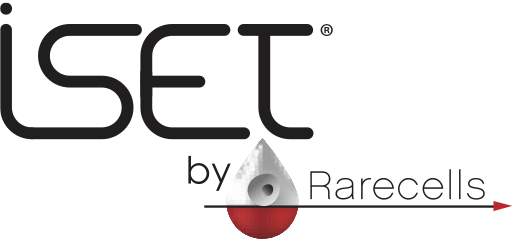On Nov. 10,2014, the U.S. Centers for Medicare & Medicaid Services (CMS) announced that it will fund low-dose helical computerized tomography (CT) screening for those at high risk for lung cancer, specifically those aged 55-74 who are defined at “heavy smokers” (1 pack per day for the last 30 years). All told, 9 million Americans will be covered for annual screening.
The decision is based on the 2010 National Lung Screening Trial, which looked at 53,000 smokers in the U.S. aged 55-74. These patients were screened annually with low-dose helical CT and X-rays. When compared to patients who were screened using X-ray alone, the cohort screened with CT had overall reduction in mortality of 20%.
The decision is not without critics. Many worry about the radiation exposure from annual CT scans. Another risk comes from false positives. CT scanning is not perfect, often providing images that are nebulous. The 2010 National Lung Screen Trial revealed that invasive action taken as a result of a positive CT scan—such as biopsy or surgery—caused a significant number of deaths. Cost is another factor. The new Medicare benefit is expected to cost $9 billion in the first five years.
In the recent INSERM study, “Sentinel Circulating Tumor Cells Allow Early Diagnosis of Lung Cancer in Patients with Chronic Obstructive Pulmonary Disease,” researchers first screened high-risk lung cancer patients (COPD patients and smokers) with the ISET by Rarecells Circulating Tumor Cell (CTC) detection system. Five of the COPD patients tested positive and were prioritized for annual CT screening. Within 1-4 years, nascent lung tumors were detected in all five patients and quickly removed.
These patients were diagnosed and treated while in the very earliest stages of lung cancer: Stage 1A. And all five remain in remission 16 months after the surgery. Spiral CT screening can save many lives. But in the INSERM study, researchers were able to first identify those high risk patients at the greatest risk of lung cancer by testing for CTC using ISET.
